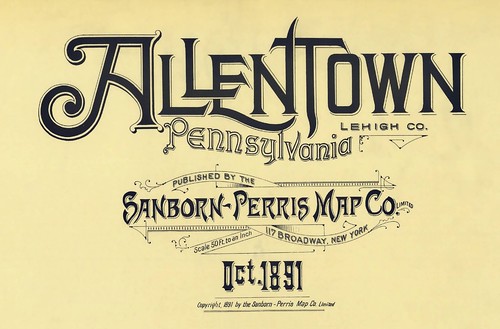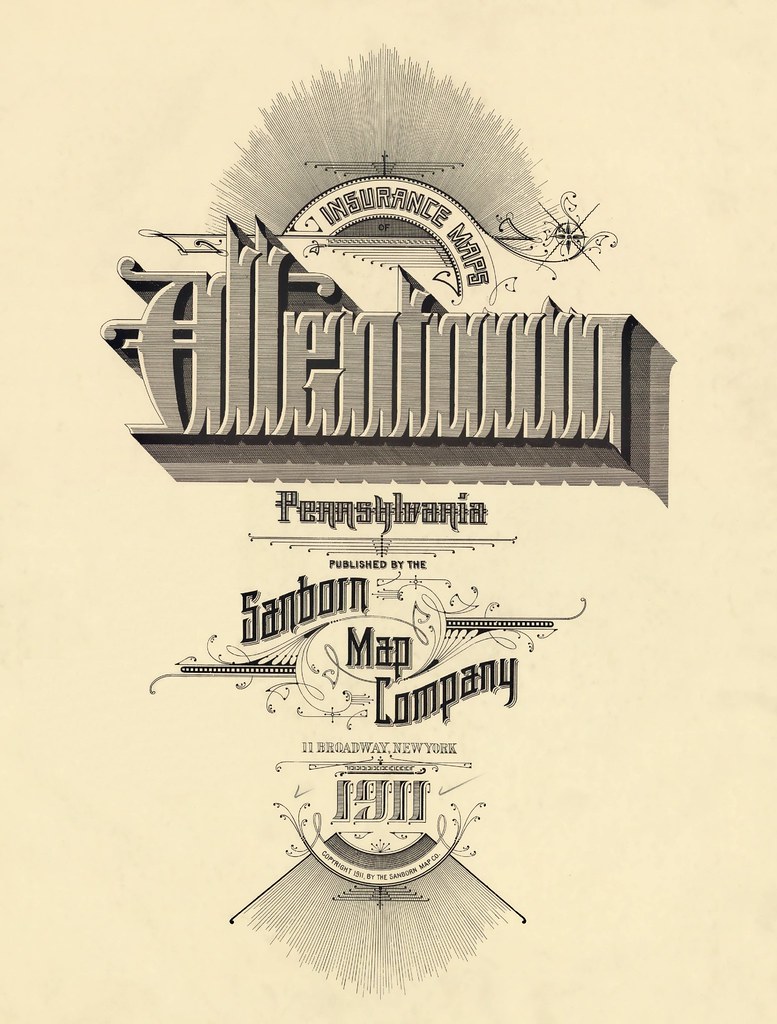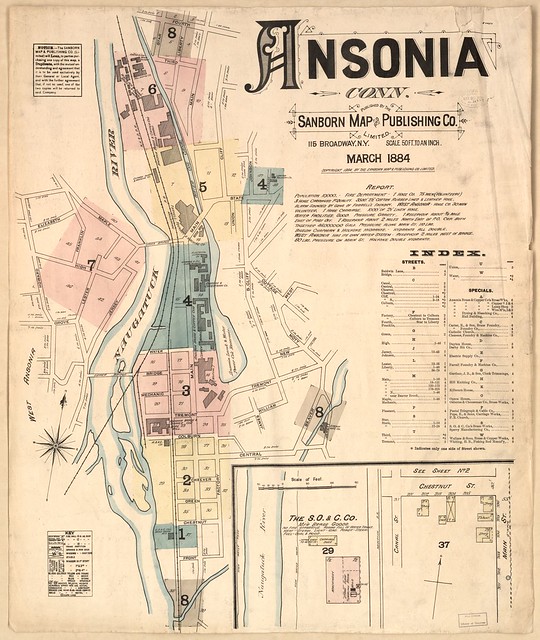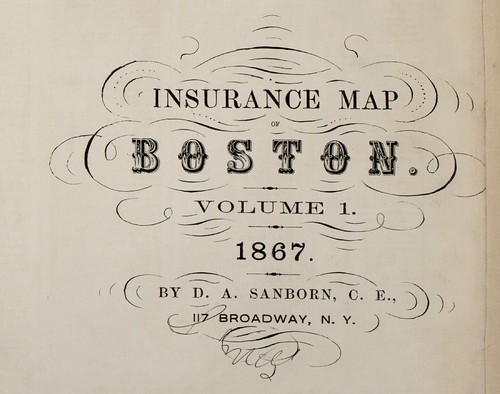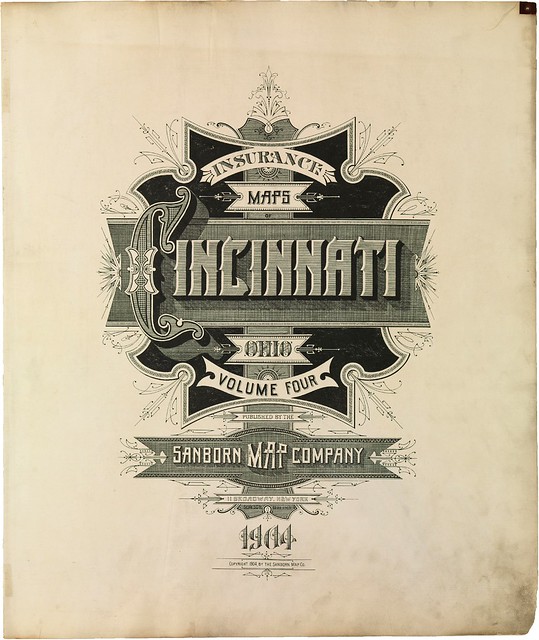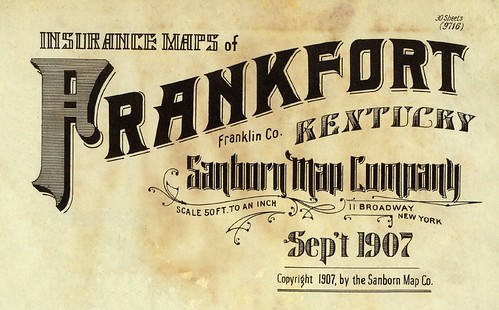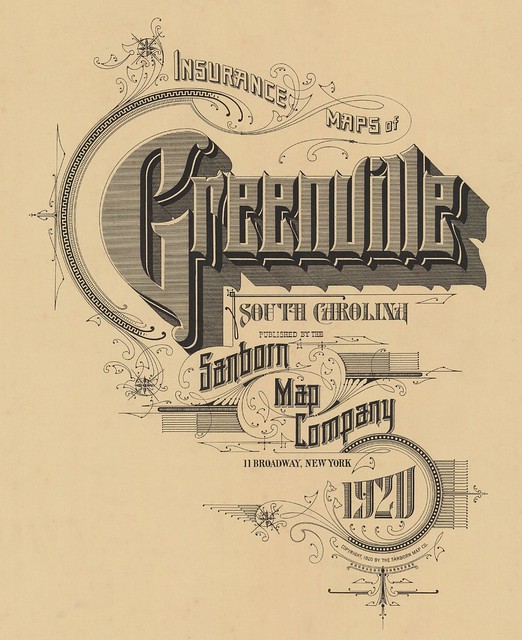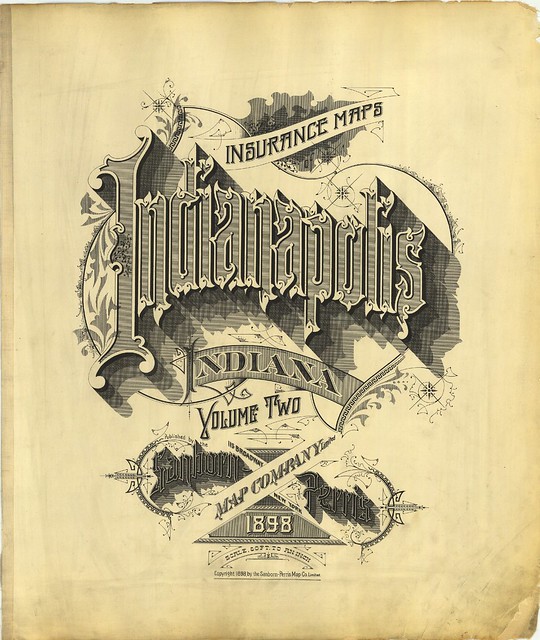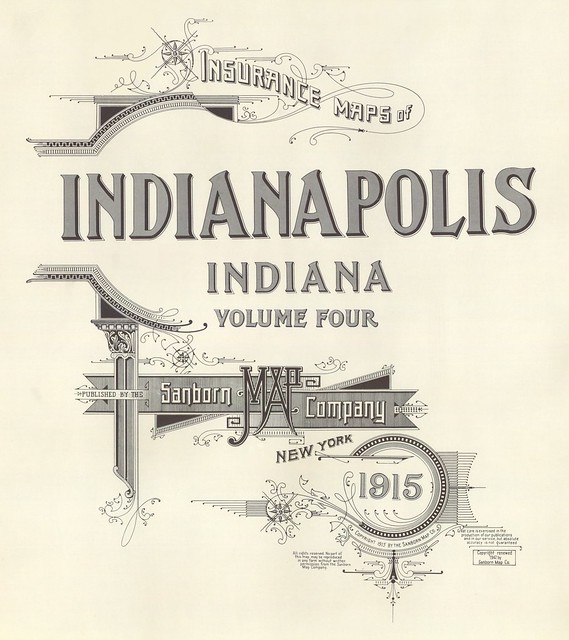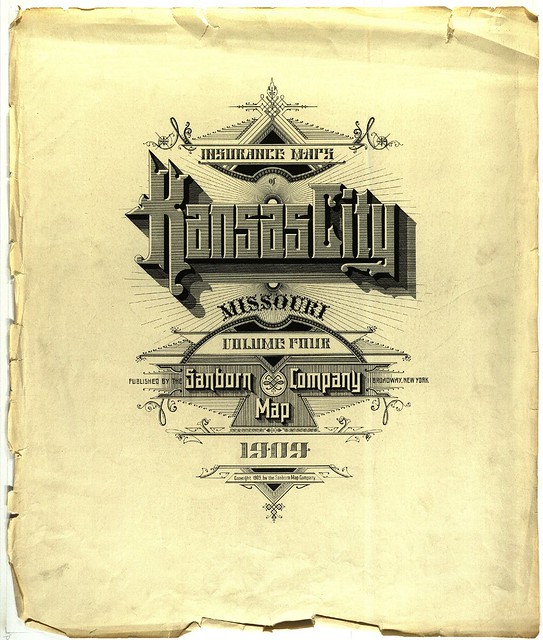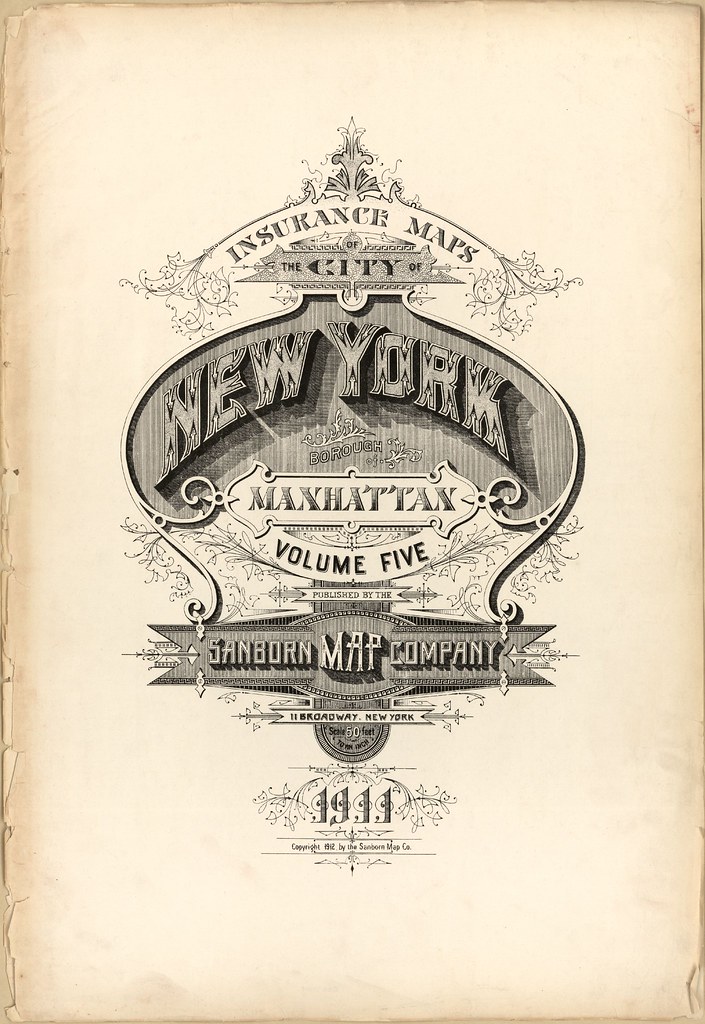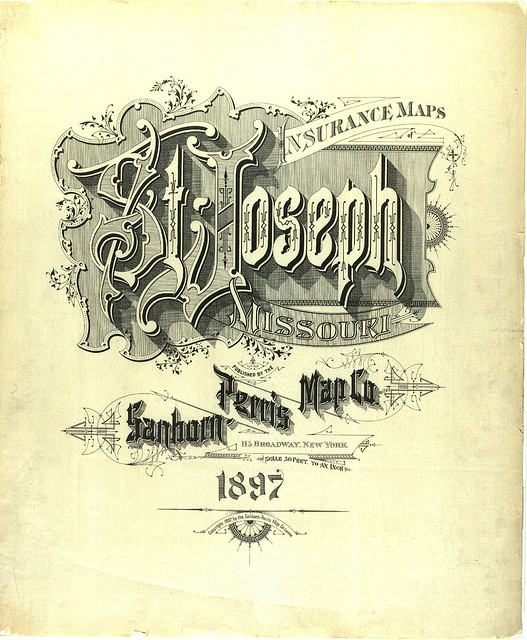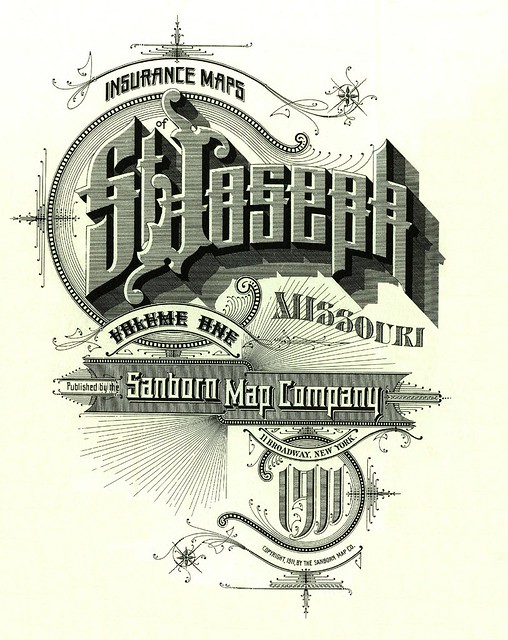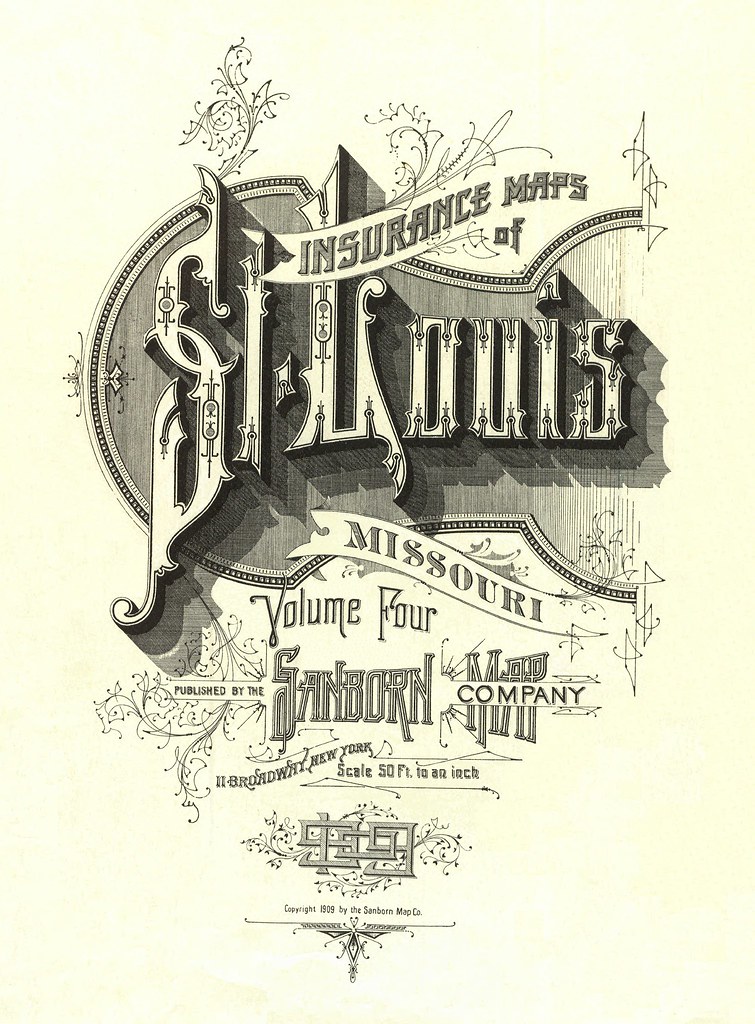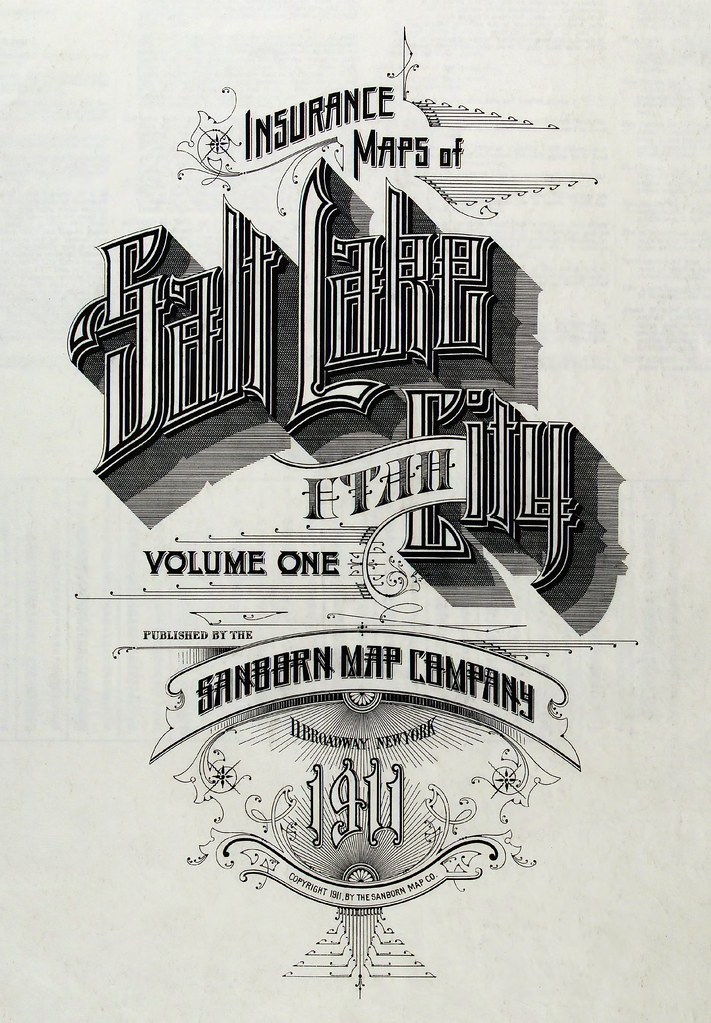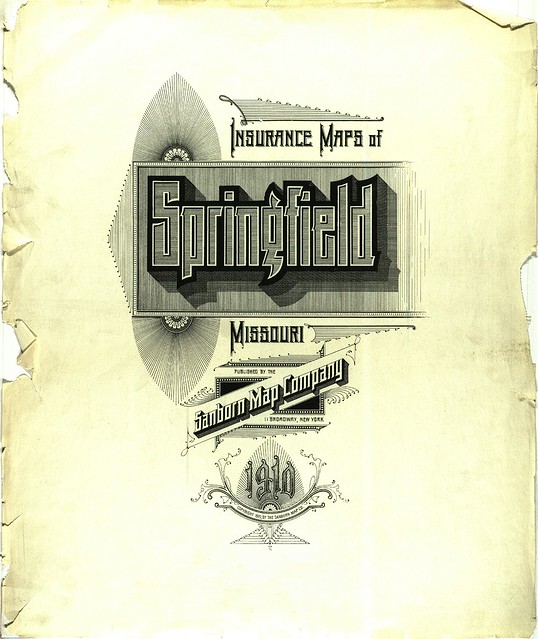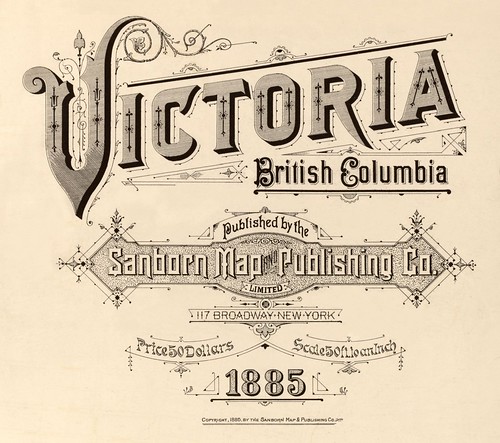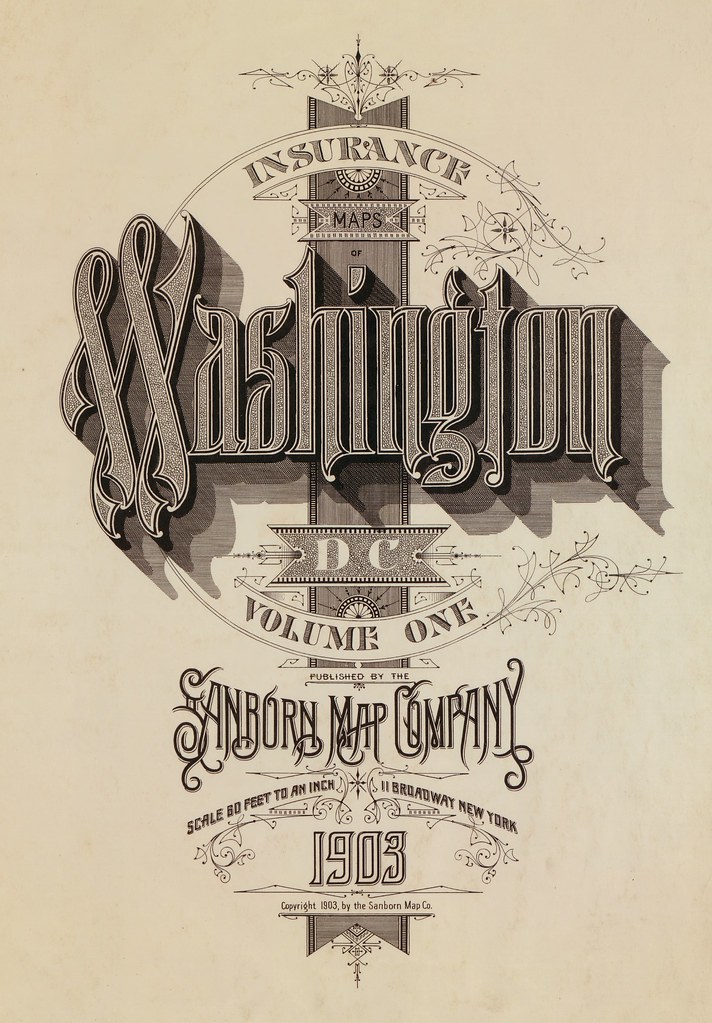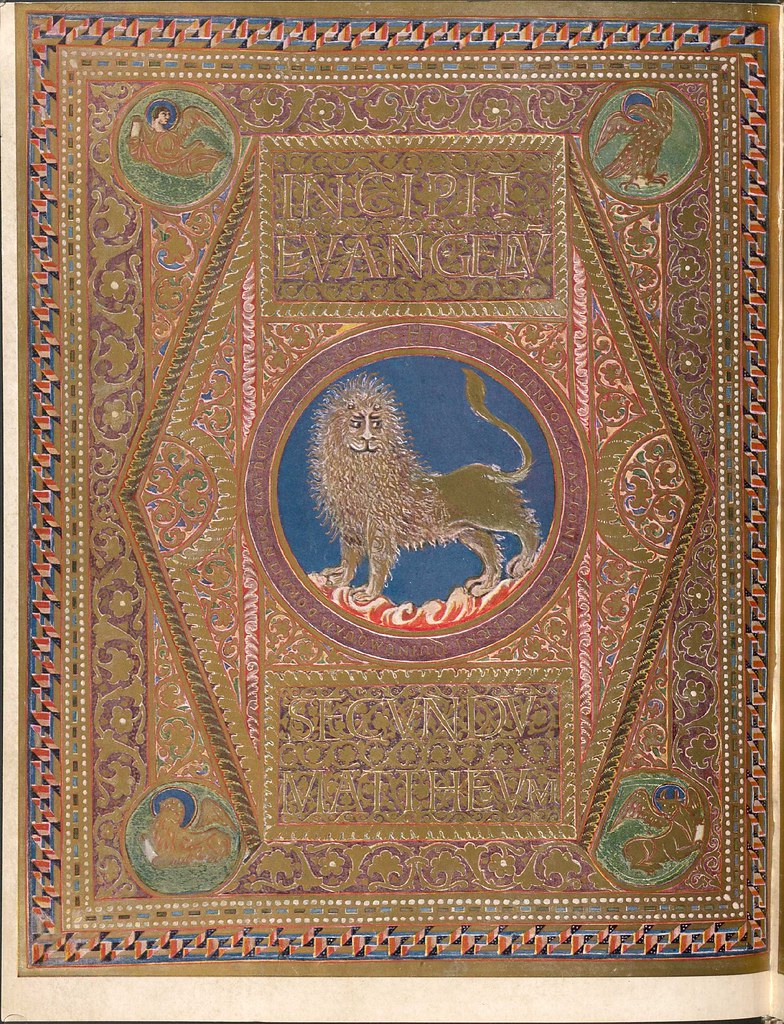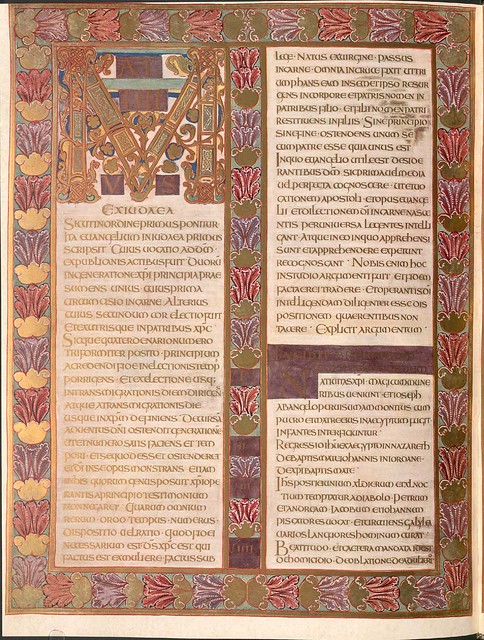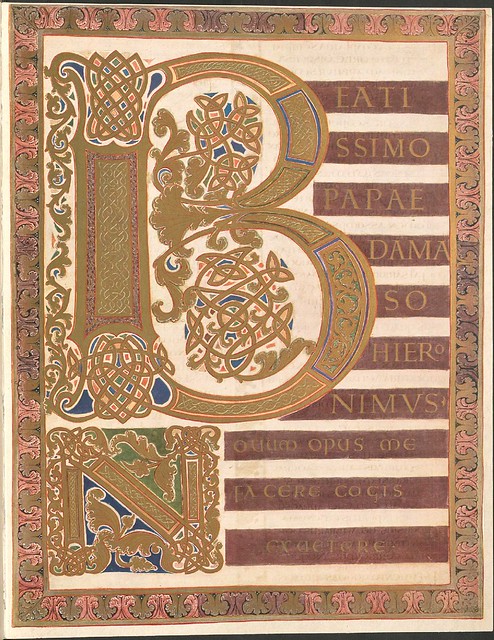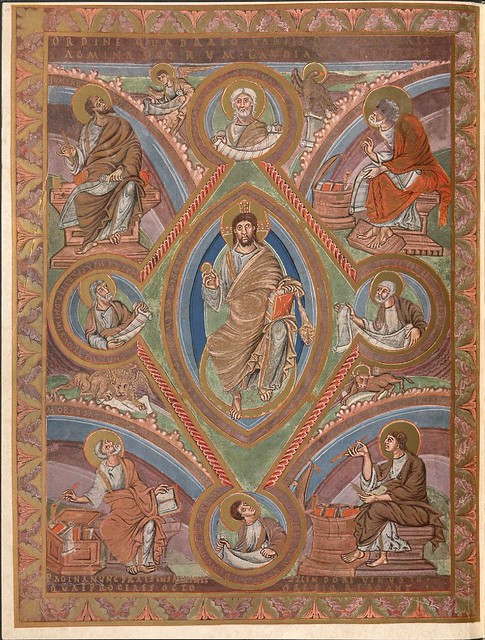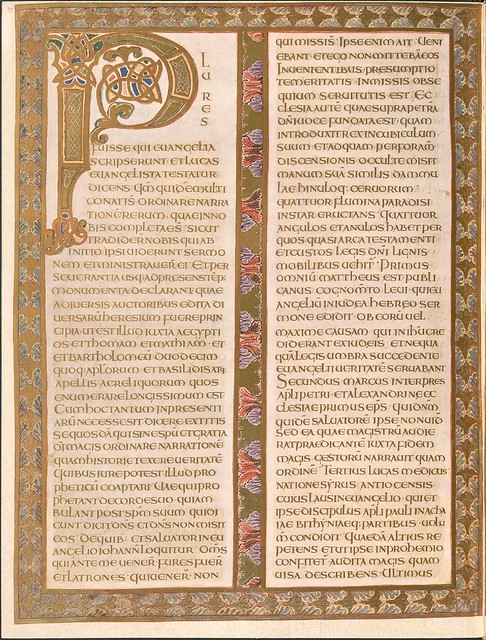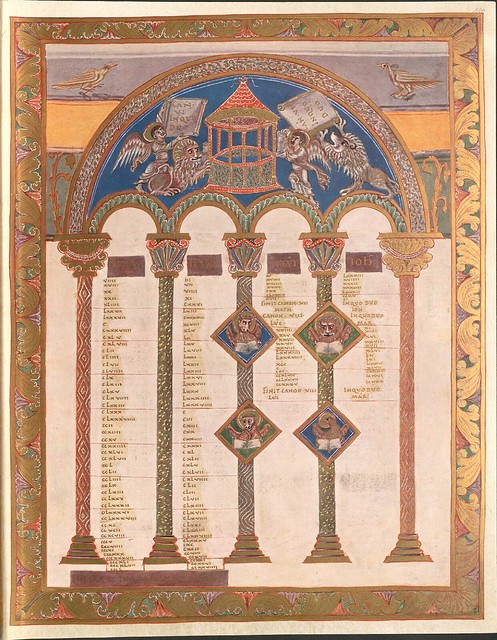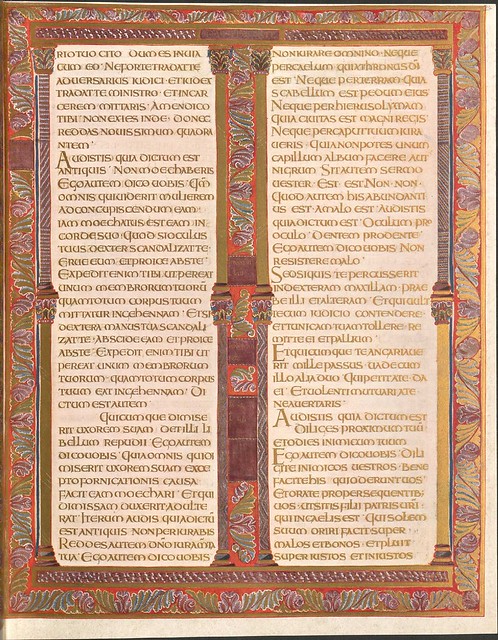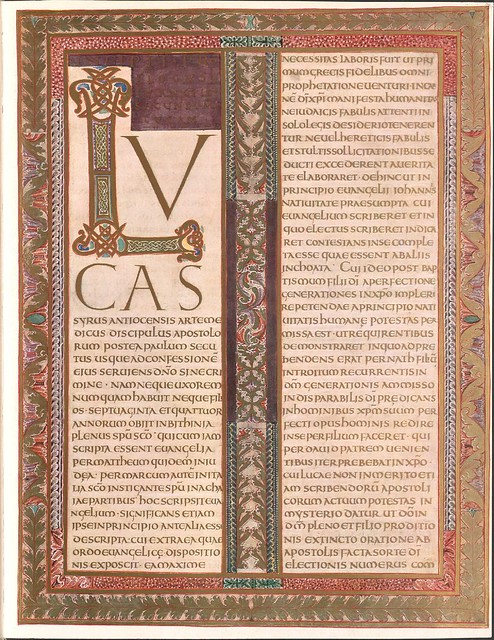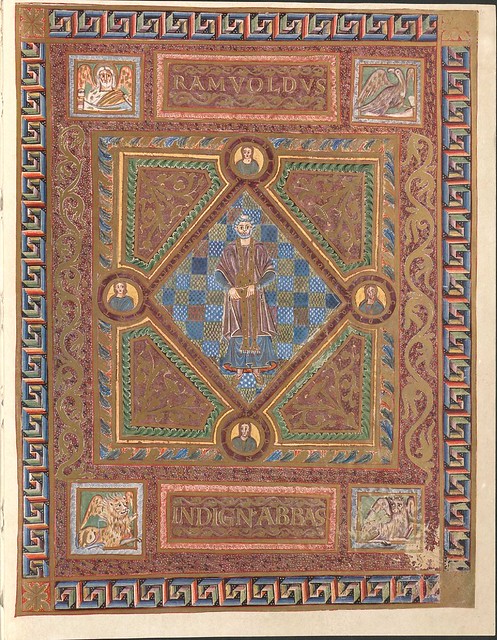The plates below are from a 1753 work called 'Collection des Animaux Quadrupèdes' which forms part of an enormous 36-volume series ('Histoire Naturelle') issued over a forty year period by Georges-Louis Leclerc, Comte de Buffon.
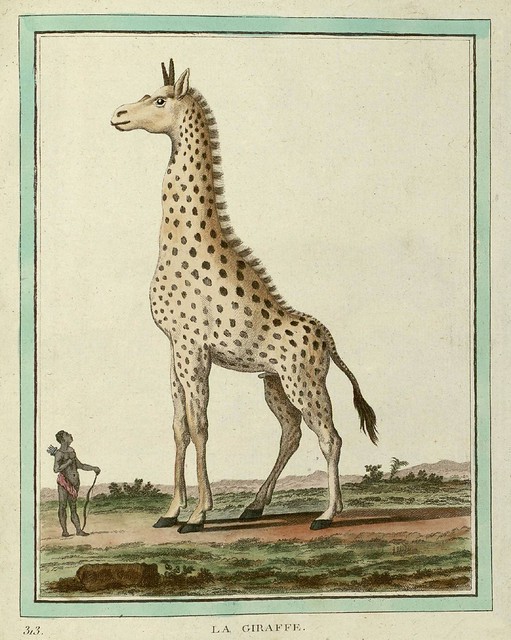
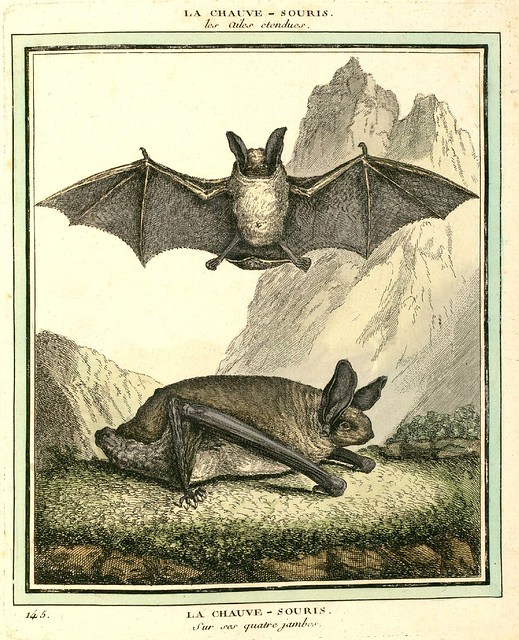

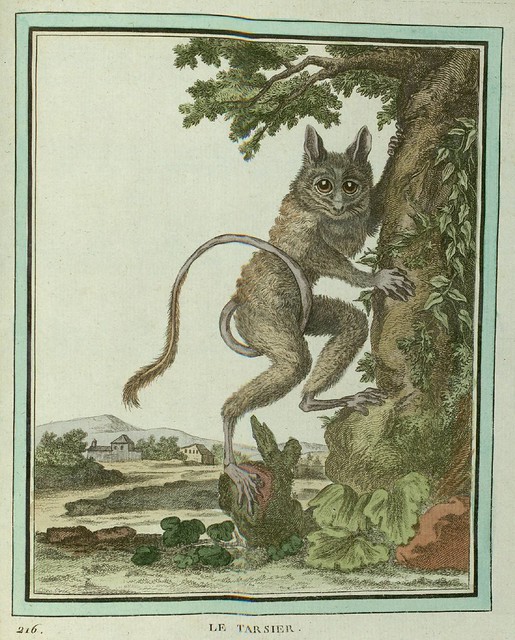
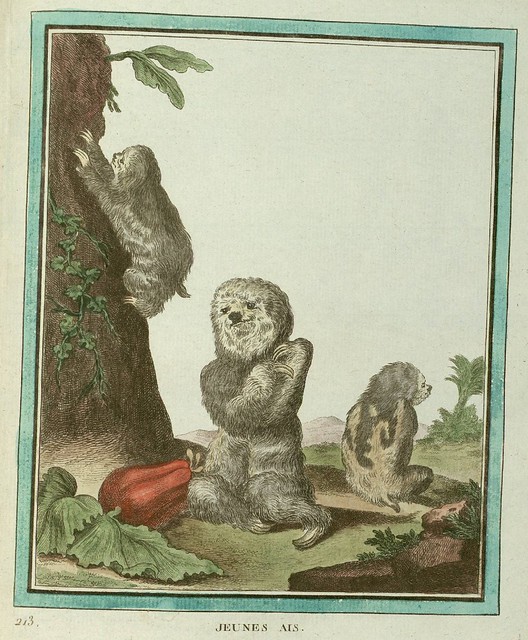


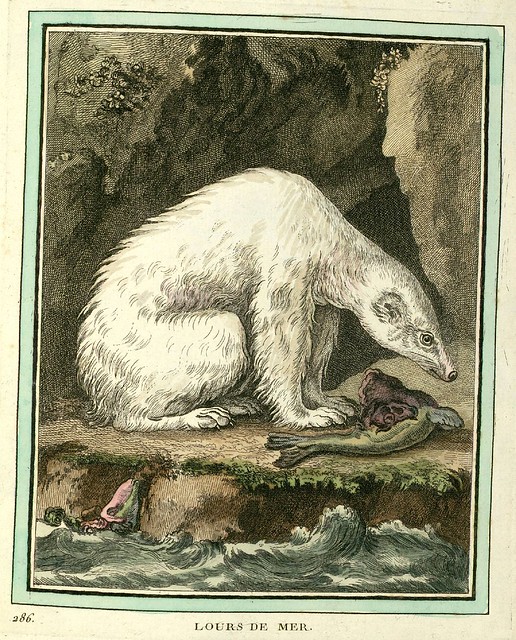
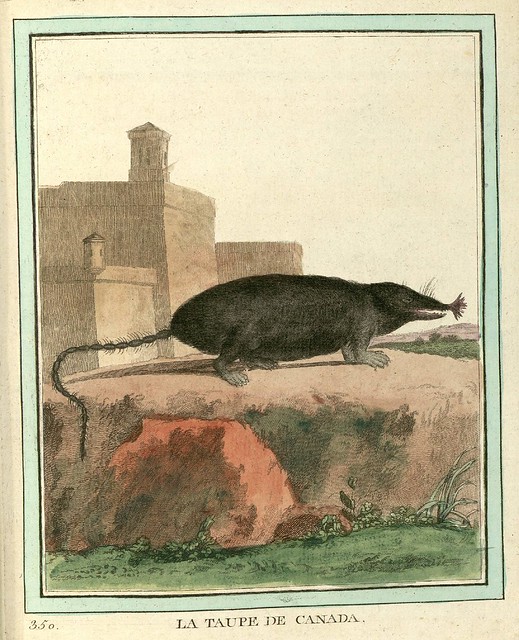
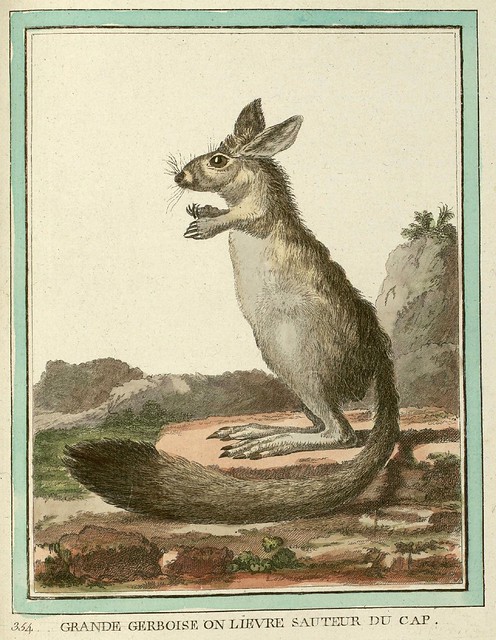
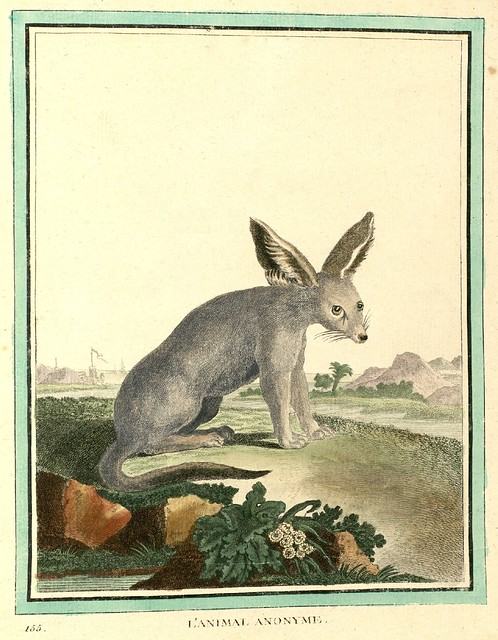


[Click through for larger versions of these moderate-to-heavily stylised hand-coloured quadruped engravings. The illustrations are slightly cropped from the full-page layout and some of the background spotting has been reduced. Mouse over for best guessed animal title. Let me know if you disagree or have a better idea. I'll probably upload a bunch more to the set on flickr during the coming week.]
"No single naturalist of the 1700s epitomizes the revolutionary changes that the Enlightenment brought to the study of nature more than Georges-Louis Leclerc, Comte de Buffon (1707-1788). In the 1600s most naturalists believed the world was a few thousand years old and that species were created separately and organized into an unchanging hierarchy, with humans positioned just below the angels. In the 1800s, Darwin described a world that was inconceivably old, one in which life gradually changed from one form to another without any need for direct supernatural intervention. Roughly midway between those two views—both chronologically and intellectually—was the remarkable Georges-Louis Leclerc Buffon.
Buffon’s career centered on a single enormous project: an encyclopedia he called Histoire Naturelle, which he planned to contain everything known in his day about the natural world. (Buffon only managed to publish 36 out of his projected 50 volumes before he died.) To create it, he was able to draw on his own astonishing expertise, which ranged from astronomy to botany, as well as the knowledge of experts he consulted. But in writing his encyclopedia he did not merely parrot the opinions of others. Instead, he tried to explain all of the facts he amassed with overarching theories about the planet and its inhabitants." [source]
- 'Collection des Animaux Quadrupèdes' is available from the magnificent University of Strasbourg digital science collection [link updated Jan 2015]. Their full-sized image files are very large and there are more than three hundred plates in this quadruped volume alone.
- The Buffon Project (en Français) -- [Translation]
- I think the University of Kyoto digital set of 'Histoire Naturelle' is complete.
- 'Buffon: A Life in Natural History' by Jacques Roger (Trans. SL Bonnefoi) 1997.
- Bio: NNDB, L&C, Wiki.
- Previously: The Concept of Mammals, The Beasts Rise, Unicorns and Other Wild Beasts & Johnston's Beasts Part II, Eye Spy (parts), Bestiarius, The Singular Thevet, Animalium Quadrupedum.



